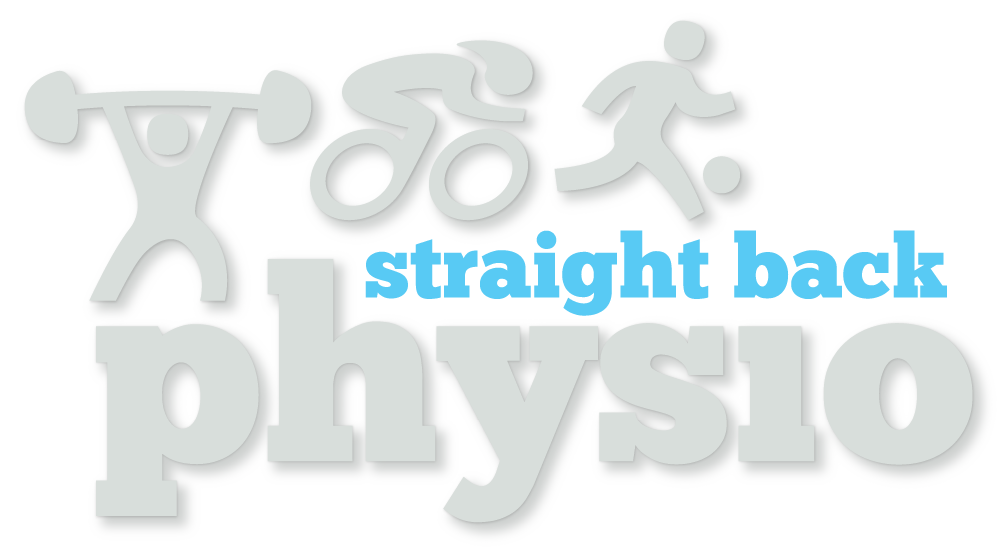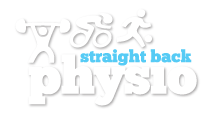physiotherapy for Knee Pain in Cheltenham
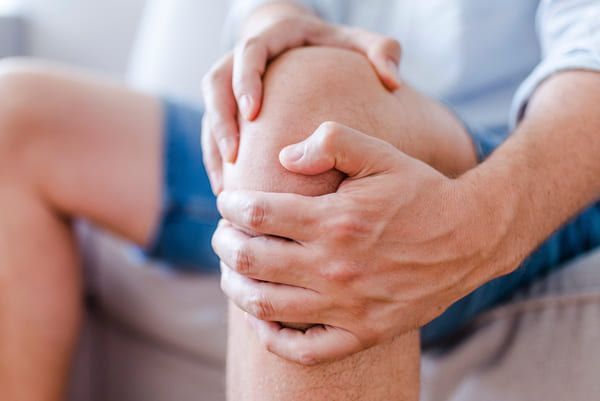
Causes of knee pain
Knee pain is common during growth spurts in children, or with trauma from sport or falls, or it may come on as we age with wear and tear. The shoes we wear have an enormous influence on our foot position and stability and subsequently on the stresses put through the knee. The goal of physiotherapy is to increase the flexibility and mobility of the knee joints and to strengthen the muscles surrounding the knee joints, helping to reverse any damage and prevent further episodes of pain.
We successfully treat a range of knee issues including: anterior cruciate ligament (ACL) injuries, torn meniscus, knee bursitis, patellar tendinitis, post-operative issues, as well as issues that stem from issues in other bodily areas, such as hips, ankles and feet. We’ll identify the cause and develop a customised rehabilitation plan, tailored to your specific injury and recovery goals.
Types of knee pain
Anterior knee pain
Anterior Knee Pain is a general term used to describe pain originating from the structures at the front of your knee. The most common structures that cause pain in this area are the joint between your knee cap and your thigh bone, and the patella tendon which attaches your thigh muscles to the bone, just below the knee cap. It is usually linked to overuse rather than injury and is often seen in young sporting adults, although anyone can be affected.
Physio for anterior knee pain treatment is the preferred option, we aim to identify which factors are influencing your knee joint pain and to correct these with rehabilitation exercises to help strengthen the hip and knee region, improve flexibility of your hamstrings, and we will talk to you about reducing pain in your activities. Manual therapy can help correct the alignment of the knee joint and acupuncture is effective at reducing inflammation and pain.

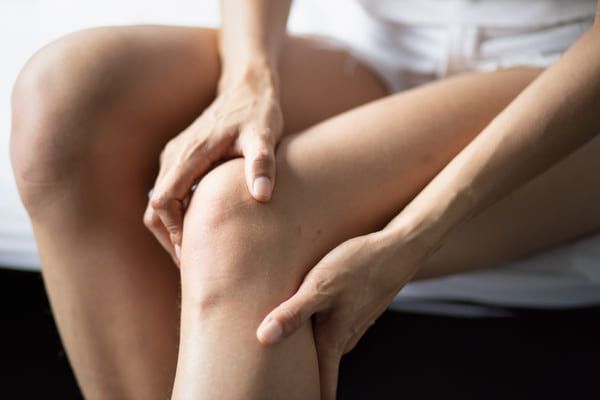
Knee Bursitis
Sometimes referred to as housemaid's knee, bursae are small fluid filled sacs that reduce friction between moving parts of the body's joints, and bursitis is inflammation or irritation of one or more of the bursae in the knee. The pain and discomfort associated with bursitis can build gradually or come on suddenly depending on the underlying cause.
There are many causes including a heavy blow to the knee, jobs that require long periods of kneeling, fungal or bacterial infection, rheumatoid arthritis, prolonged periods working in front of a computer, and playing physically demanding sports where a lot of pressure is placed on the knee joint such as football or squash.
Physio for knee bursitis can help reduce pain, swelling, and stiffness in the knee and restore mobility in the knee through targeted therapeutic exercise. Physiotherapy generally involves treatment for 2-8 weeks with swelling management, stretching, and strengthening exercises, with Pilates being beneficial in the rehabilitation stage. Other services such as acupuncture is effective at reducing inflammation and pain inthe affected area and shockwave therapy can be used to flush out the inflammation, relieve pain and speed up healing.
Knee joint cartilage damage
The menisci and articular cartilage don’t have their own nerve supply (which transmits pain) however normally when the cartilage is damaged, surrounding structures are damaged too, causing pain. Knee joint cartilage damage is often due to a trauma where you twist your knee and this usually occurs with other knee injuries for example ligament injuries.
You might get a torn meniscus from running, contact sports such as football or activities that involve pivoting such as tennis. Damage usually occurs when an athlete twists their upper leg while their foot is planted and their knees are bent, but it can also be due to repeated wear and tear of the meniscal cartilage as you get older.
Physio for knee joint cartilage damage is usually the first option as its non-invasive and means that often surgery can be avoided. Physiotherapy is recommended to strengthen your knee and to regain full range of motion, and may also include hip strengthening exercises and riding a stationary bike. Manual therapy where the physiotherapist move your knee through its normal range of motion helps to stretch out the tension in the soft tissue surrounding your knee, and reduces swelling and pain. Acupuncture may help reduce pain and inflammation in the healing knee cartilage, but high-quality rehabilitation is required to address the underlying cause.
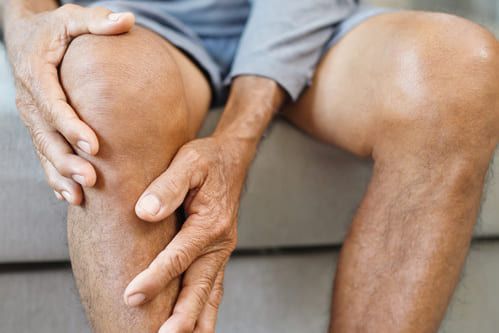
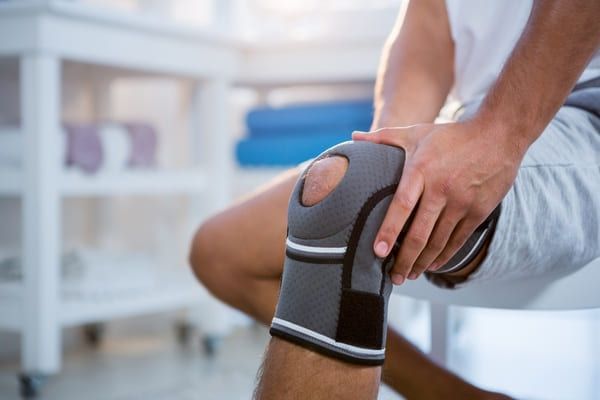
Knee ligament injury
Ligaments are one of the primary structures providing stability of the knee joint, there are four main ligaments and components of the knee which include: lateral collateral ligament (LCL), anterior cruciate ligament (ACL), posterior cruciate ligament (PCL), and medial collateral ligament (MCL). Ligaments are like ropes made up of lots of thin collagen fibres that are bunched into groups to form the ligament. If a force exceeds the strength of the ligament then it will tear causing knee pain and inflammation.
Knee ligament damage may be caused by trauma, such as a car accident, or by a blow, stretching or twisting of the knee in sports such as a football tackle, but can also be caused from a fall or twisting when stepping down from a step. Management of a ligament injury depends on the type of ligament involved and the severity of the injury.
Physio for knee ligament injury focuses on strengthening the quadriceps, hamstring and gluteal muscles, while restoring normal mobility as the ligament heals. Massage applies deep pressure on the ligament causing new scar tissue and enabling it to heal, manual therapy later in the rehabilitation stage helps to reduce pain and improve joint mobility, acupuncture can decrease inflammation and pain which helps to restore function, and shockwave therapy can promote healing of ligaments as well as reducing pain. Pilates is excellent at strengthening and aligning the knee muscles, and improving joint mobility.
Patella tendonitis
Also known as jumpers knee is a relatively common soft tissue injury, it can occur in sports that mainly involve running and jumping such as tennis and football, but can be seen with too much weighted squats and hill running. It is classed as an overuse injury that occurs when the tendon is unable to adapt to the level of strain placed upon it causing microscopic damage within the tendon fibres.
Patella tendinopathy is notoriously challenging to rehabilitate and therefore it is essential that treatment starts as early as possible. Rehabilitation requires specialist physiotherapy intervention, tailored to your specific needs to get you back to full function.
Physio for patella tendonitis includes manual therapy to improve movement, reduce muscle stiffness, and soft tissue massage. Rehabilitation exercises based on loading and muscle strength to correct weaknesses and imbalances in the muscles. Acupuncture can help relieve pain, reduce inflammation, and promote healing. Certain exercises in Pilates can help reduce inflammation and bring back normal tendon function. Shockwave therapy is an effective treatment for all soft tissue injuries.
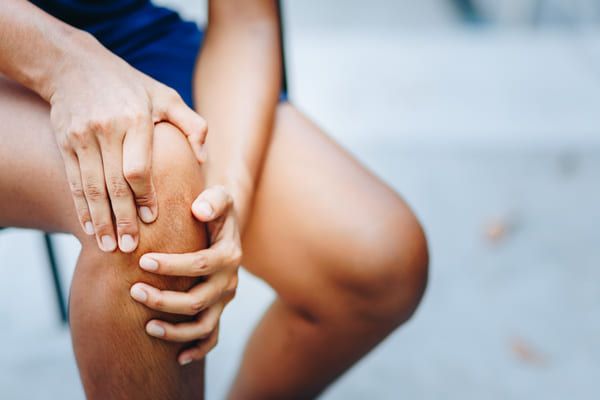

“Straight Back Physio treated the root cause of my knee issue, not just the symptoms. I was also given exercises and advice to build on the treatment at home. My knee now feels great and I’m back training and racing. I would definitely recommend Straight Back Physio!”
David H
physiotherapy for knee pain or injury
- Pain relief: We use a variety of techniques, such as massage, stretching, and exercise, to help alleviate pain and discomfort in the affected area.
- Lasting results: We address the symptoms and the underlying causes of the pain. This means we can help you achieve long-term relief.
- Avoiding surgery: By using non-invasive techniques to target the pain, we can help you avoid more invasive treatments. This can save you time, money and discomfort.
- Improved flexibility: By using targeted stretches and exercises, we can help you improve your range of motion and flexibility in the affected knee, reducing the risk of future injuries.
- Improved mobility: We can help you regain range of motion in the affected knee by using targeted exercises and stretches - increasing joint freedom.
- Safe and non-invasive: We offer a safe and non-invasive form of treatment for knee pain. Unlike surgery or medication, physiotherapy does not carry the risk of side effects or complications.
- Reduced risk of further injury: Using targeted exercises and stretches, we can help strengthen the muscles around the knee, which improves stability and reduces the risk of future injuries.
Book now
For knee pain treatment in Cheltenham and the surrounding Gloucestershire areas we use a wide range of treatments that are tailored to help keep you pain and injury-free, we offer preventative services to maintain your well-being and enhance your activity levels.
We understand that some people may want to find out a bit more about the cost before they book an appointment at our physiotherapy clinic. Our unique
save as you recover packages can save you up to 20% on the cost of a single session.
For most injuries our chartered physio can usually treat you within 4 to 8 sessions.
Insured
We can either work directly with your insurance company or we can provide receipts for patients who use cash-based plans so you can reclaim your treatment costs.
Not Insured
You can book an appointment on a self referral basis, without the need for seeing your GP first.
Why Choose Us
No other local physiotherapy clinic can offer you the same level of physiotherapy and rehabilitation that we can, simply because they don't have our level of experience and our in-house gym facilities.
This is how we gained our reputation of treating patients when other physios may have failed.
Contact Information
Quick Links
Our Location
© Copyright 2024 | All Rights Reserved | Straight Back Physio
